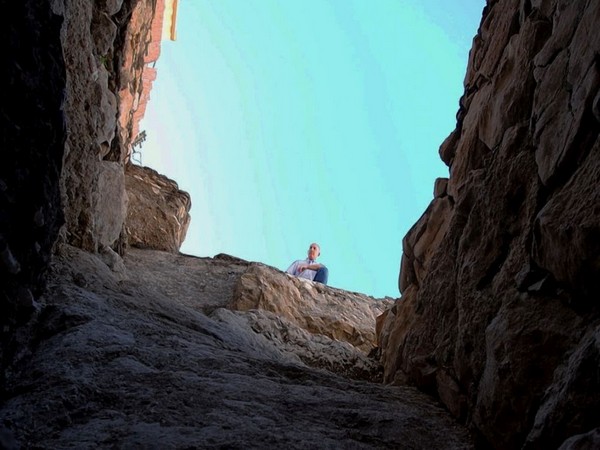Tel Aviv [Israel], July 21 (ANI/TPS): Archaeologists uncovered a massive moat in Jerusalem’s City of David, offering a new understanding of the ancient fortifications that protected the city’s Biblical rulers, the Israel Antiquities Authority announced on Sunday. Numerous attempts to trace the route of Jerusalem’s northern fortification were made during the past 150 years, but findings from current excavations finally reveal the extent of a moat much larger than previously thought.
“It is not known when the moat was originally cut, but evidence suggests it was used during the centuries when Jerusalem was the capital of the Kingdom of Judah, almost 3,000 years ago, beginning with King Josiah,” said excavation directors Prof. Yuval Gadot of Tel Aviv University and Yiftah Shalev from the Israel Antiquities Authority.
“During those years, the moat separated the southern residential part of the city from the ruling Acropolis in the north; the upper city where the palace and the temple were located,” they said.
Measuring at least nine meters deep and 30 meters wide, the moat served as a formidable barrier between the city’s upper and lower sections. Perpendicular cliffs on both sides of the moat rendered it virtually impassable.
The discovery, unearthed during excavations for a parking lot, resolves a long-standing archaeological puzzle about Jerusalem’s ancient defenses.
Ancient Jerusalem was built on a narrow, steep ridge, divided into distinct parts by hills and valleys. Royal construction projects aiming to reshape this topography are referenced in Biblical texts. Among them, the First Book of Kings notes King Solomon’s efforts to build up the “Millo,” closing a breach in the City of David.
This discovery confirms that during the Iron Age, the period of the First Temple when many biblical texts were written, Jerusalem was divided into at least two distinct parts. This division persisted through the Persian and Hellenistic periods, shaping the city’s historical and cultural landscape, the researchers said.
Prof. Gadot emphasized the importance of reexamining past excavation reports, particularly those of British archaeologist Kathleen Kenyon, who worked in the City of David during the 1960s. Kenyon had observed a natural rock slope that she believed to be a valley; however, this new discovery indicates that she had uncovered a continuation of the moat. Connecting the two sections uncovered a deep and wide moat extending at least 70 meters from west to east, a revelation that opens up renewed discussions about biblical references to Jerusalem’s topography, Gadot and Shalev explained.
The City of David is the original core of the ancient biblical city. Located just outside the southern walls of Jerusalem’s Old City, it is considered one of Israel’s most important archaeological sites. It is where King David established his capital and the site of many pivotal Biblical events. The park is best known for Hezekiah’s Tunnel, which was constructed by King Hezekiah to provide water to the city ahead of an Assyrian siege led by Sennacherib.
Visitors can see the excavated remains of Siloam Pool and the Pilgrimage Road, houses, cisterns and fortifications. (ANI/TPS)
Disclaimer: This story is auto-generated from a syndicated feed of ANI; only the image & headline may have been reworked by News Services Division of World News Network Inc Ltd and Palghar News and Pune News and World News
HINDI, MARATHI, GUJARATI, TAMIL, TELUGU, BENGALI, KANNADA, ORIYA, PUNJABI, URDU, MALAYALAM
For more details and packages
















